[vc_row nav_skin=”light” consent_include=”include”][vc_column css_animation=””][vc_column_text]If you’re experiencing low back pain, tightness in the hips, and posture where your hips seem to live angled behind your spine, you’re likely experiencing something called anterior pelvic tilt. Here, we’ll detail 3 stretches you can do to help alleviate that pain and bring comfort back into your day-to-day.
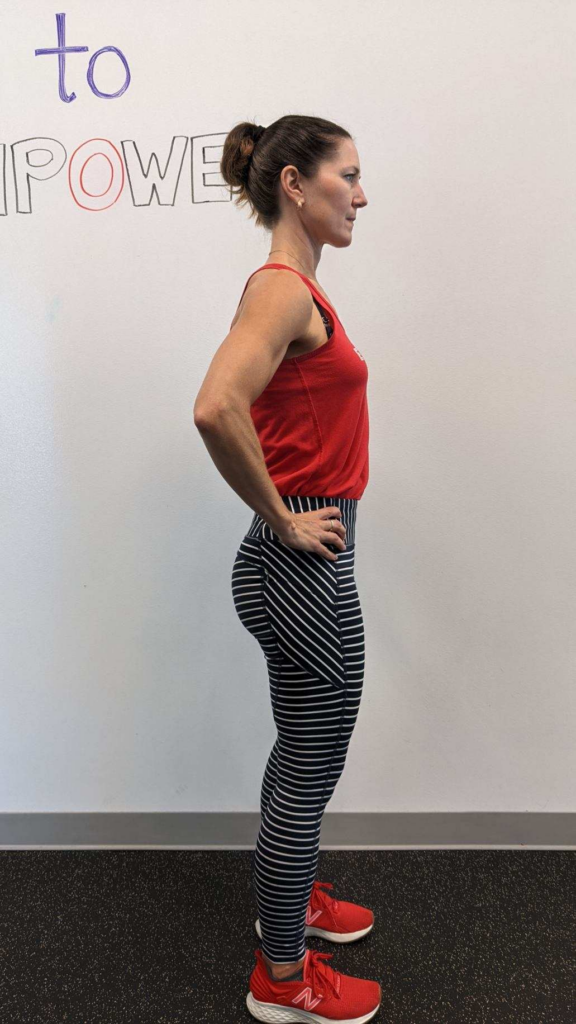
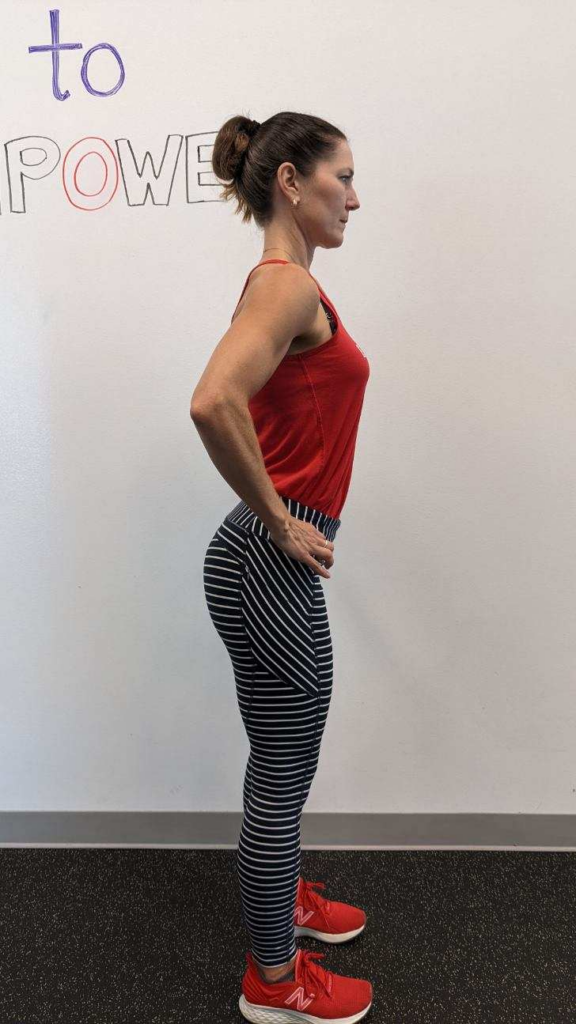
Hip Flexor Stretch
We’ll stretch what you came here for first, the hip flexors. To do so, get into a deep lunge with your knee touching the ground. If this is too uncomfortable, you may want to use a folded towel or yoga mat for support. Bring your torso upright. If you feel a stretch in the front of the back leg, you’re in the proper position! If not, take a step forward with the front foot, bring your torso upright, and repeat until you feel a stretch in the front of the back leg.
Each of the stretches detailed should be held for thirty seconds, on both sides of the body.
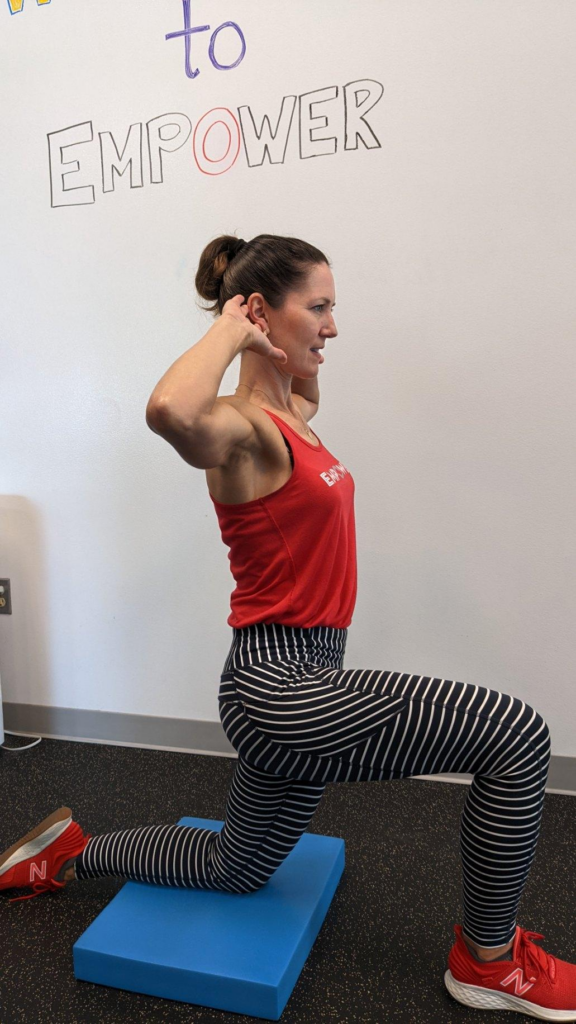
Adductor/Groin Stretch
The next stretch is in a similar kneeling position as our hip flexor stretch, but now with the front leg turned outward so as the stretch the adductors/groin area. Lean your body into the outreached leg, trying to keep torso upright. If you feel too much pressure in the groin area, have something in front of you to place your hands on and take some of the weight off.
While you might have not known these were tight, tightness in the adductors is incredibly common as a result of a sedentary lifestyle and weak glutes, one of the main muscles that requires strengthening in the treatment of anterior pelvic tilt.
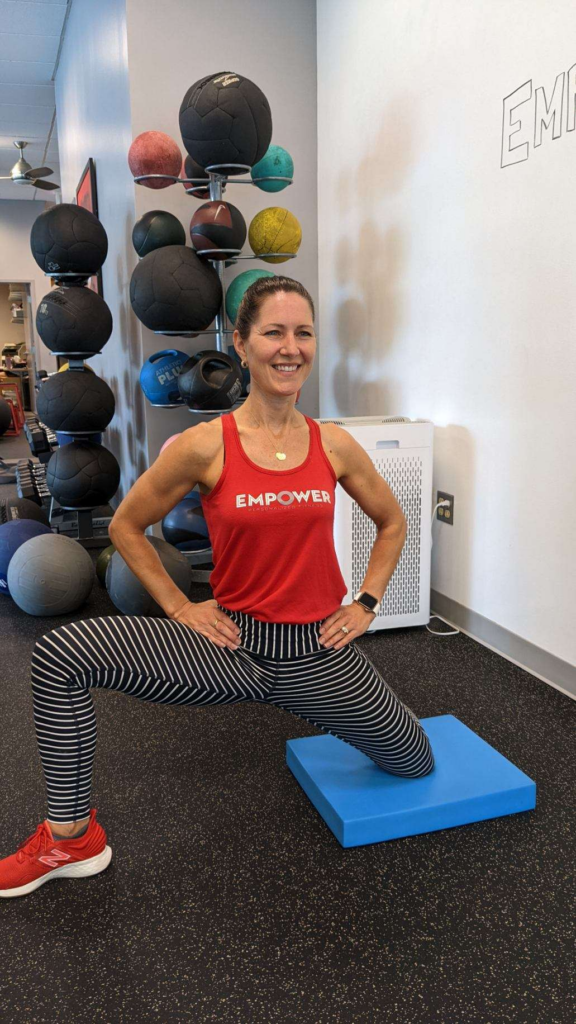
“Lazy” Child’s Pose
Traditional Child’s Pose can be tricky for targeting the low back, so “Lazy” child’s pose is meant to make the job easier. Start in a kneeling position with your knees together. Sink your hips back, and lean your torso over your legs in front of you. Reach your arms out overhead on the floor.
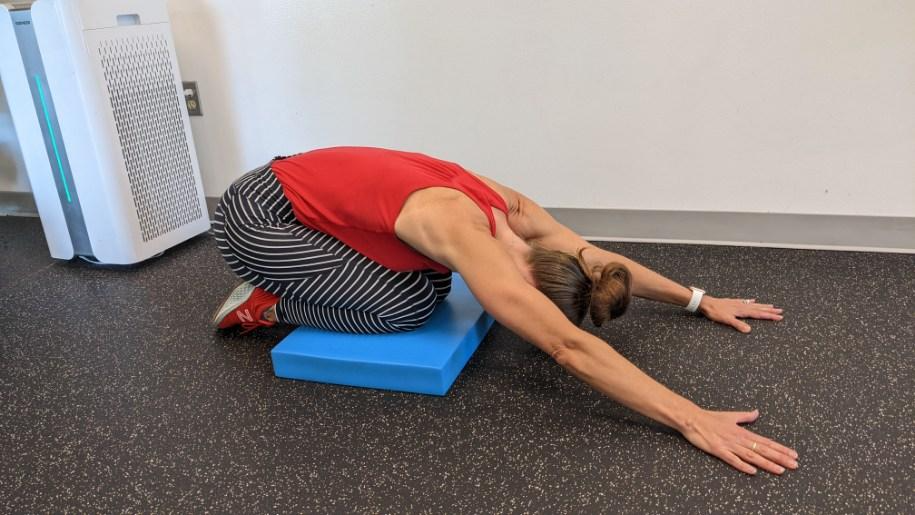
Stretching Advice!
When it comes to stretching, frequency is your friend. Studies show that while there’s no difference in muscle length after a 30 second stretch compared to 1 minute stretch, there are substantial increases that come about via increased frequency those 30 second stretches. If your experiencing low back pain caused by anterior pelvic tilt, I would recommend partaking in the exercises above every day for 30 seconds each.
Another important consideration is that tight muscles are often a result of opposing weak muscles: a tight low back could come from a weak core, and tight hip flexors could be the result of weak glutes. While these stretches should bring some relief, they won’t address the underlying issues that should be addressed in a holistic exercise program. While these weaknesses may only be resulting in low back pain at the moment, they could result in impediments to walking and carrying light objects in the future. If exercise is something that you’re uncertain about, you can sign up for a Free Initial Session at Empower and meet with one of our highly qualified trainers to develop a plan to future-proof yourself.
[/vc_column_text][/vc_column][/vc_row]




